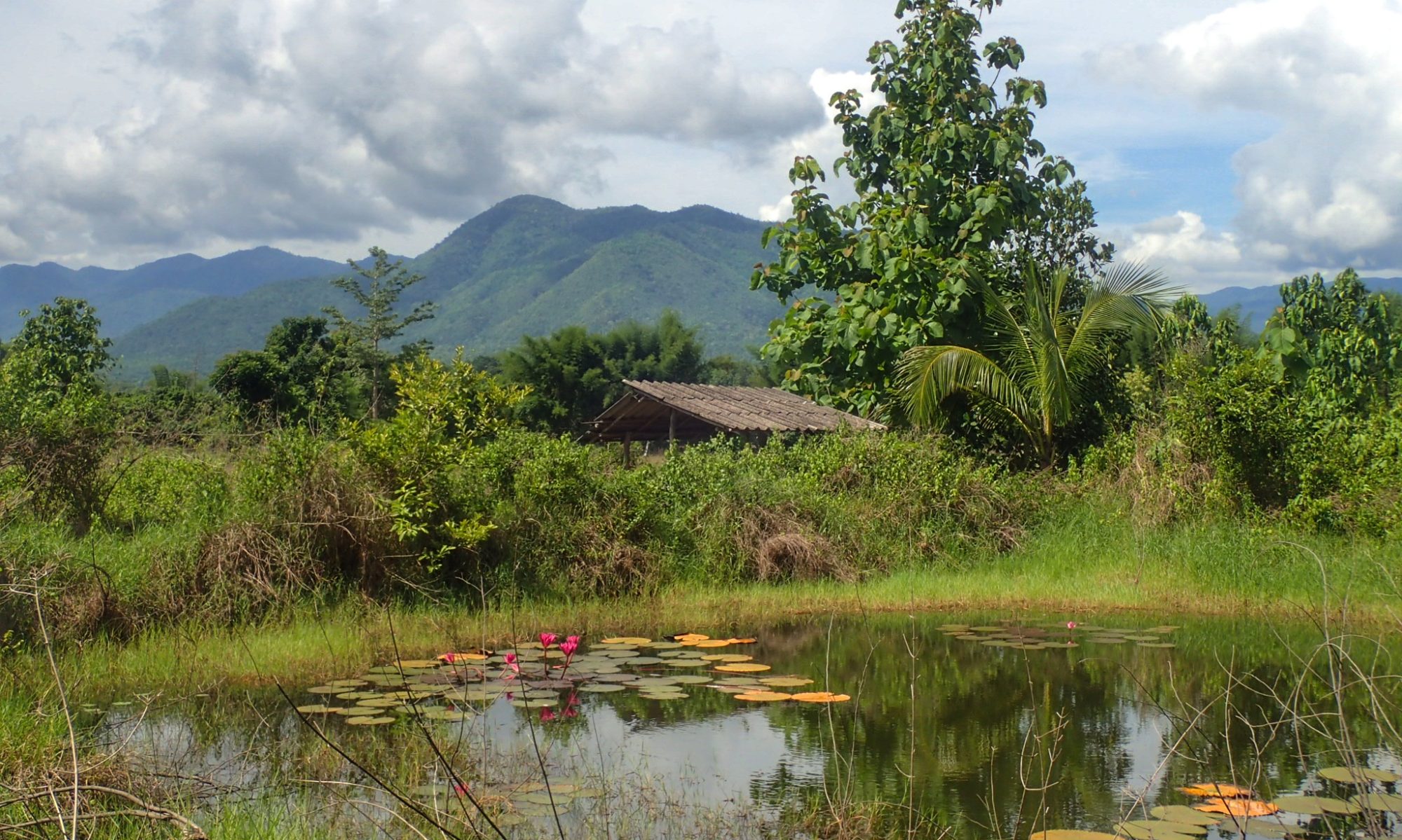It’s official; I’ve decided to ride my bicycle around the world. I’m going to start blogging some more about my plans and preparations, and I plan to keep regular travel blogs once I get started. I’ll be focusing on writing about three things: practical advice and experience during preparation and travel, “bike stomach” food reviews of great local food along the way, and general travel reports.
I would also love to hear from other fellow cycle tourists who have done similar trips or parts thereof! Please feel free to leave comments or send me a tweet @tnorman
Some general info about my plans at this point:
What? I don’t have a hard and fast mileage goal in mind. Some people shoot for the circumference of the earth (roughly 24,900 miles); others try to cover ever angle of longitude; and the Guinness Book requires 18,000 miles of cycling plus other criteria. I think these are great goals, but I think they discount some amazing journeys that don’t make headway via these strict definitions; such as cycling south to north in South America, meandering in a non-straight line through Europe and Asia, or falling in love with a neighborhood so hard that you stick around for a few months. If I stick with my plan, it is likely that I will surpass 24,900 miles by the time I’m back in San Diego. But, this is not my goal. My goal will be to explore the world with cycling as my primary mode of transportation, and to rely on that to help me slow down, appreciate other cultures, and become a better citizen of the planet. Oh, and eat some awesome food! 🙂
Why? Having recently completed a bike tour from Vancouver, BC to Tijuana, MX, I’ve been having a tough time adjusting to being back in “reality”. So many of my possessions feel frivolous and burdensome, and the days and weeks are starting to blend together as I get back into my routine. Yet when I was on my tour, I have stories I can tell and unique experiences from each and every day. I recently became a fan of Jedidiah Jenkins, who says, “the routine is the enemy of time”. You should watch that video, by the way. The best way to make your life longer (and hopefully more fulfilling) is to avoid the routine. So that’s what I want to do.
How? I’m aiming to continue my next tour as ultralight as feasible, though I feel that I will need to be a little less ultralight than last time! I’m trading in my fragile carbon fiber racing bike for a more rugged and touring-friendly aluminum gravel bike. I’m making more room for cold-weather clothing in my packs. And I’m considering things like cooking, water purification, etc, which will be more important in some more remote areas. I will also need to do this trip less expensively than my last. In order to make my savings last until I’m home, I will have to be frugal with lodging, etc. Luckily there are many low-cost and free options including camping, WarmShowers, CouchSurfing, hostels, etc. To help, many of the countries I plan to visit have a much lower cost-of-living than San Diego. In addition, I’m keeping open the option to stop from time to time somewhere and try to pick up some contract work to replenish travel funds.
Where? I’d like to keep the exact route as open as possible, so I have the freedom to make last-minute changes depending on weather, terrain, local conditions, things I learn from other travelers, etc. But, here are some maps for what I have in mind. I will start in Europe (Portugal), and head generally east, doubling back to explore areas I’ve always been interested in seeing. I figured Europe would be a great place to start because Europeans generally love cyclists and camping, there’s tons of things to see, the food is awesome, and it’s safe and familiar. I’ve been to Europe a dozen times, and I speak enough French to get by and can fuddle through some Spanish if needed.
When and how long? I’m aiming to leave early next year (2017), though I haven’t decided on a specific date yet. Part of that will depend how soon I can get ready! And I expect that this will take about 2 years, longer if I love it, shorter if I get home sick or hate it.
More to come soon! Post any questions you have.








